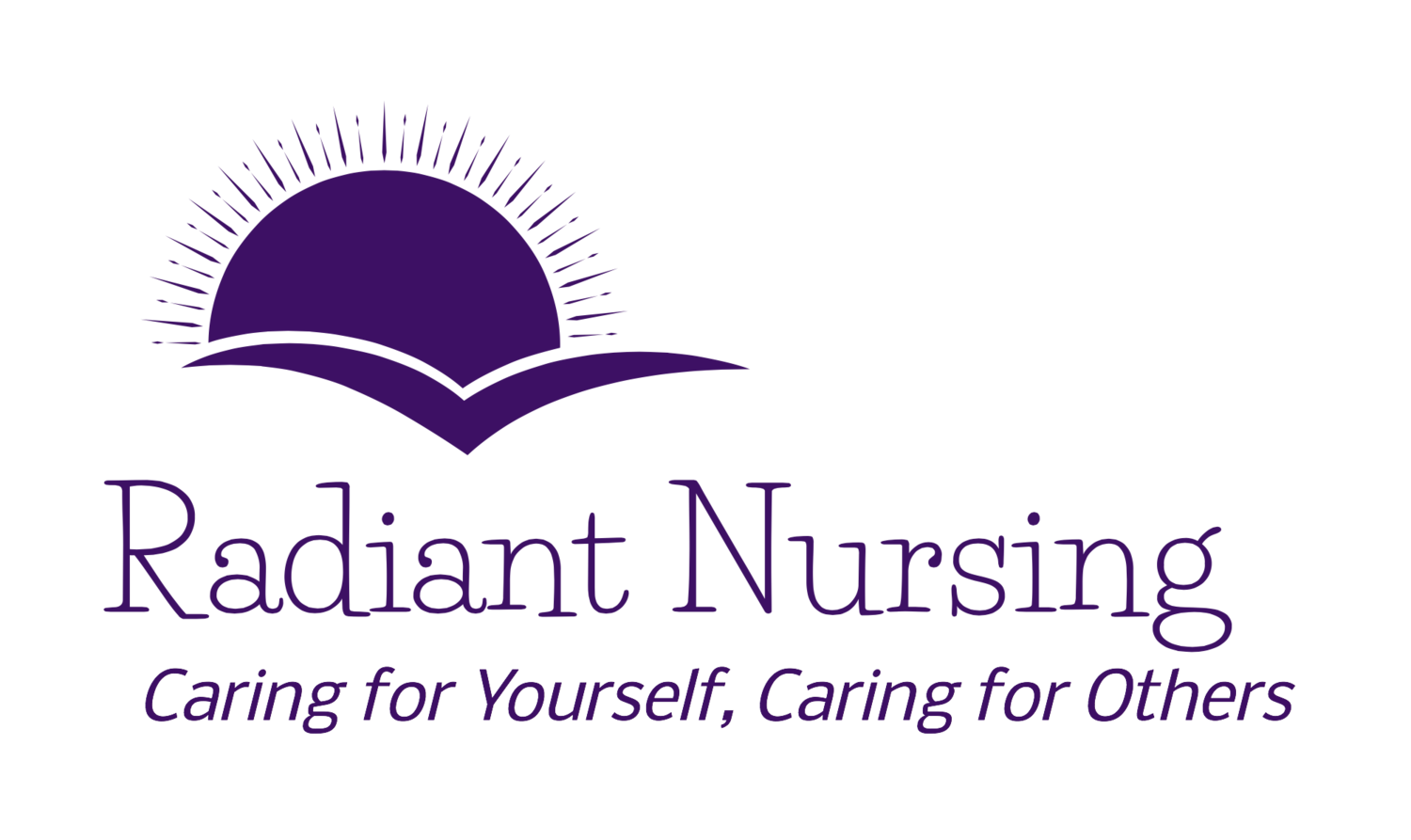National Wildlife Refuge Week
/National Wildlife Refuge Week
The U.S. Fish and Wildlife Service (USFWS) invites YOU to celebrate National Wildlife Refuge Week with a visit to a national wildlife refuge.
Check the website, the dates vary each calendar year, but it’s always in the month of October.
There is at least one National Wildlife Refuge in every state. You can find your nearest wildlife refuge using the interactive site at the National Wildlife Refuge System.
Take a look at the map of the United States, and click on your state to locate a refuge near you. Or you can submit your zip code and it will give you the distance in miles to the nearest refuge.
What Is The National Wildlife Refuge System?
The National Wildlife Refuge System is managed by the U.S. Fish and Wildlife Service, a federal agency within the Department of the Interior. We are sometimes confused with the National Park Service, a sister federal agency within the Interior Department, and with state fish and wildlife agencies who are our counterparts at the state level. However, the Refuge System is its own entity with a unique role as steward of conservation lands with national significance.
National Wildlife Refuges Have An Important Role
In Washington state alone, the impact of the wildlife refuges is significant. Take a look at the by-the-number statistics listed in this article in The Olympian as well as the figures quoted below.
There are 23 national wildlife refuges in Washington state. They protect habitat for hundreds of species of birds, mammals and fish, and provide recreational opportunities from the scablands of Eastern Washington to the protected waters of Willapa Bay.
The national system, which is 111 years old, includes more than 150 million acres in 562 refuges and 38 wetland management districts. More than 47 million people visited a refuge last year.
The benefits of the refuge system are not just for our animals, fish and flora. Traveling this planet together, our health and survival depend on all of us thriving.
The Radiance Technique® And Nature
For students of The Radiance Technique® (TRT®) - interconnecting with nature and wildlife is easy. Use of TRT® hands-on helps us to expand our joy and connection with nature, at any time really, and especially when we visit a refuge.
Becoming more aware of the life force that connects all living beings is an integral part of the journey. Use of TRT® gives us a way to consciously deepen that connection.
Varied Locales
The USFWS has wide-sweeping areas of interest. A refuge can be found in forests and marshlands or in waterways and beaches. Activities for education abound. There is much to learn about our world of nature.
Numerous volunteer opportunities exist which also serve as a chance for education. The wildlife refuges are always in need of a helping hand.
National Wildlife Refuge Adventures
Operation Migration does its best to make sure these Whooping Cranes are able to get from Wisconsin to Florida for the winter. Speaking of adventure, taking off in this flying machine does not appear to be for the faint-of-heart.
It's part of an effort to restore a migrating population of endangered birds in the eastern United States. Be sure to read the details of their heart-warming story that took place on 10 October 2014.
Follow the National Wildlife Refuge System on Facebook if you’d like to stay in touch with updates regarding various refuge events from around the country. Talented photographers share their photos that educate and inspire us.








